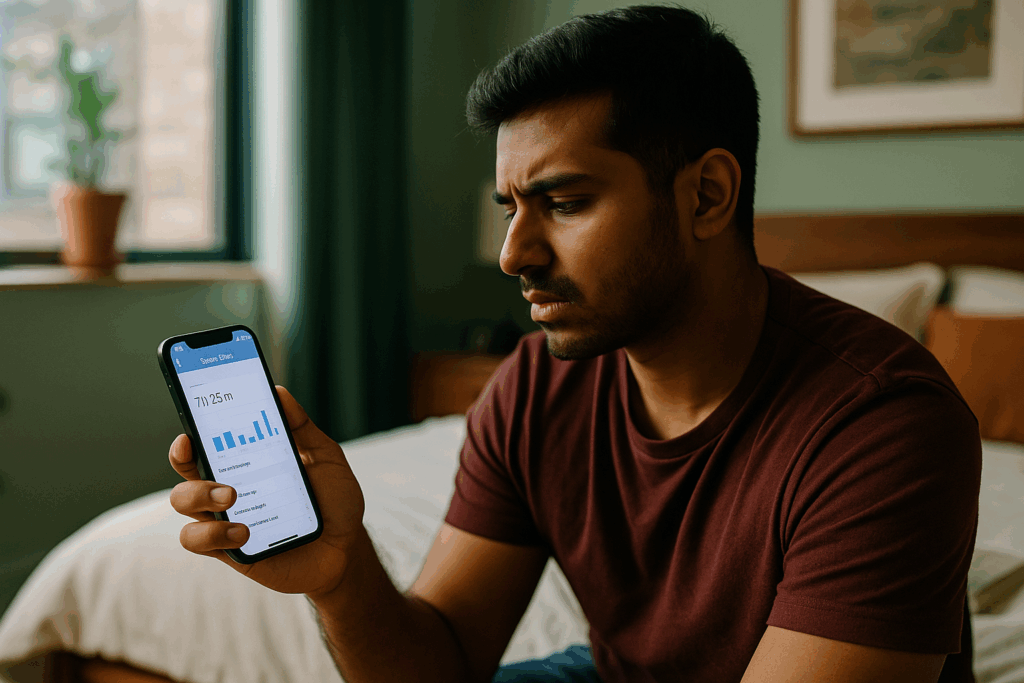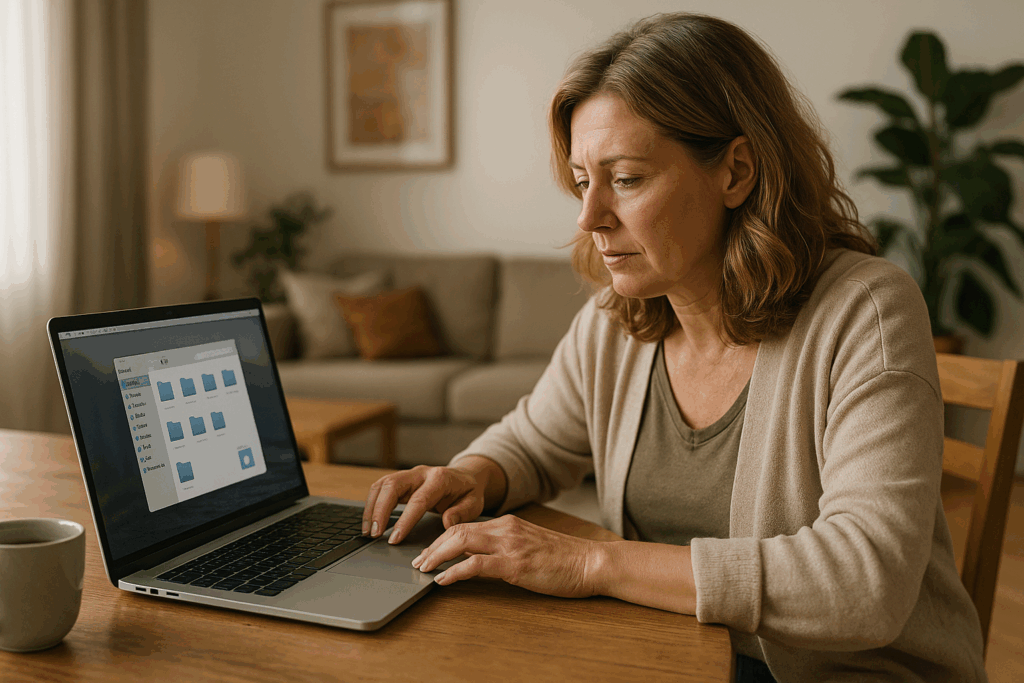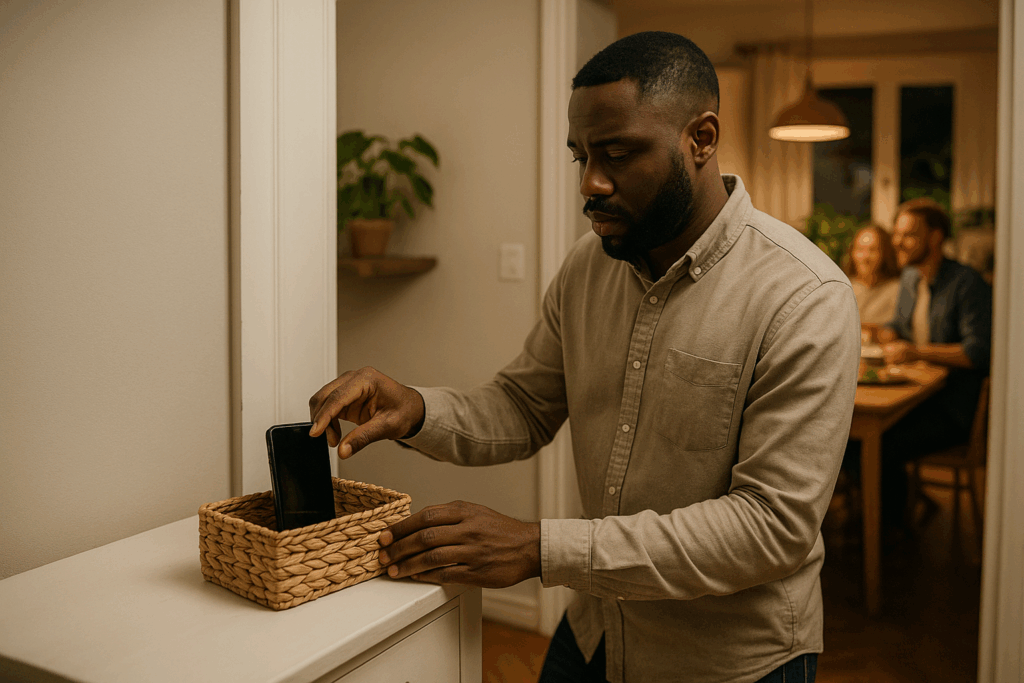If your screen time keeps creeping up and your brain feels foggy, you’re not alone. This lifestyle audit dives into how to reduce digital clutter, set boundaries with devices, and create more space in your day for real connection and focus.
Start with a Screen Time Reality Check

Before you can reclaim your time, you need to know where it’s going. Use built-in tools like Screen Time on iOS or Digital Wellbeing on Android to track how much time you’re actually spending on your phone—and where. The numbers may surprise you. Often, just seeing how much time goes to doomscrolling or mindless tapping is enough to spark change. Take a few days to monitor your usage patterns without judgment, then decide which habits are helping and which are hindering your mental clarity.
Clean Up Your Digital Environment

A cluttered digital space can be just as overwhelming as a messy room. Start by deleting unused apps, clearing out old downloads, and organizing your home screen so only the essentials are front and center. Set up folders or widgets that make your most-used tools easier to access and reduce decision fatigue. Don’t forget your desktop, inbox, and browser tabs—close, archive, or file anything you no longer need. Think of this as digital spring cleaning, making room for focus and intention.
Set Boundaries That Stick

The key to maintaining a healthy relationship with technology is creating and enforcing boundaries. Try screen-free zones like the bedroom or dinner table. Use app timers to limit use of social media, or schedule do-not-disturb hours in the evening to disconnect without guilt. If you’re constantly reachable, consider batching notifications or turning off non-essential alerts altogether. Boundaries aren’t about deprivation—they’re about protecting your attention and energy.
Make Space for What Matters

Once you’ve cleared digital distractions, it’s time to fill that space with things that actually bring you joy and presence. Reconnect with hobbies that don’t require a screen, like reading, walking, or cooking. Spend intentional time with loved ones, or simply allow yourself moments of boredom—yes, really. Downtime without digital input gives your brain room to wander, process, and recharge. The goal isn’t to eliminate technology, but to create a balance where it supports your life instead of running it.

